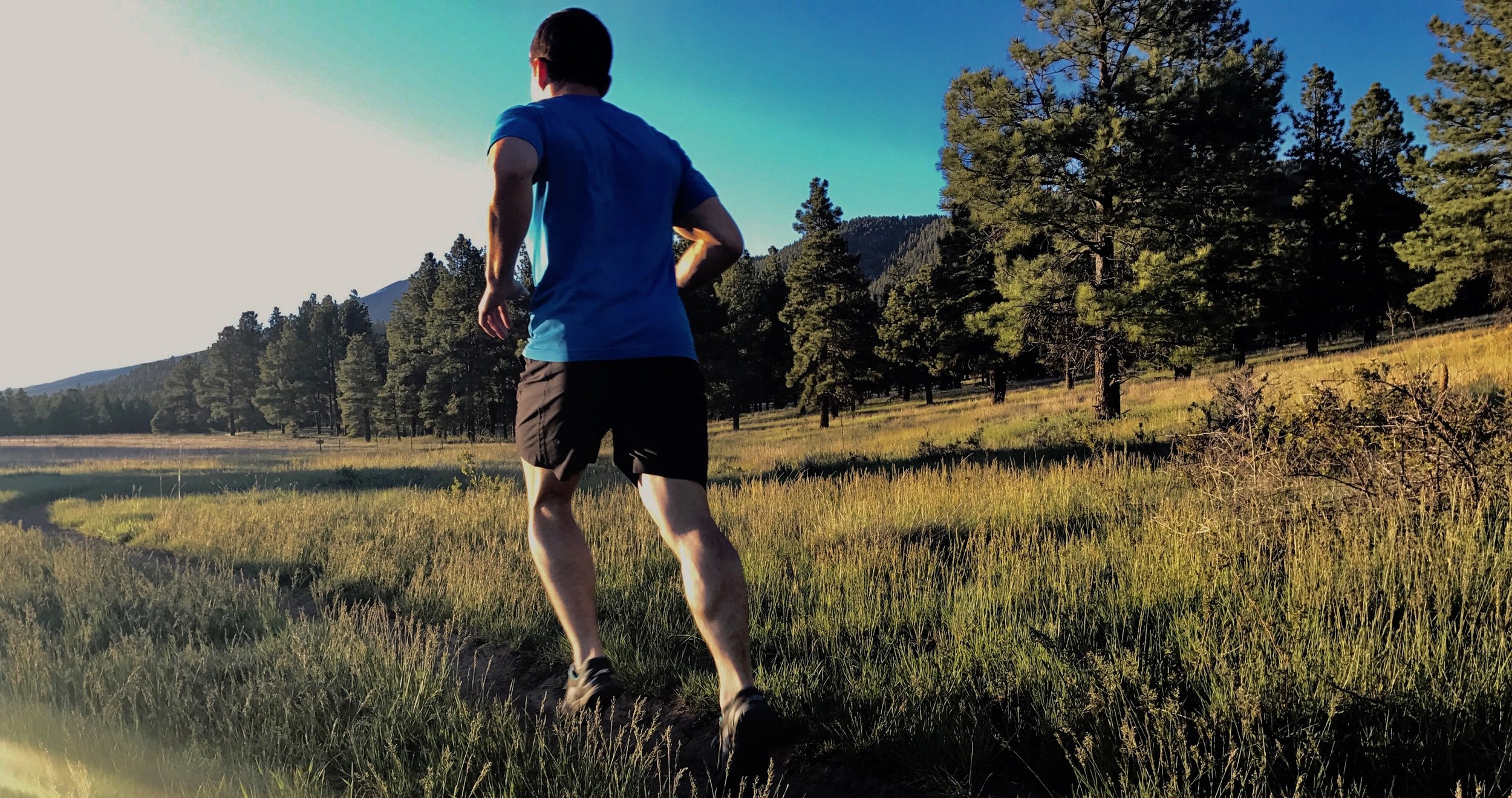
90 and Beyond: Three running volume progression programs
One of our most popular articles presented two return to running progressions. They are designed to help people who want to start or return to running, especially after an injury, progress from not running at all to running for 60 minutes continuously.
We’ve had a lot of great feedback about these programs. If you’re actively managing an injury and you follow the program, they to work brilliantly. Everyone is different, and so there might be some bumps in the road, but in general, most people respond very well to them.
Perhaps the most popular question we get is, “What should I do after the program?”
So, we’ve put together three additional programs to help you progress your running volume beyond those introductory programs

Superficial peroneal nerve injury in a professional runner: A case study on the importance of diagnosis
There’s a debate in the physical profession right now about whether or not a structural diagnosis of an injury matters. Here at EVOLVE, we think that in most cases, the structure matters, and matters a lot. Patients who have gone to physical therapy elsewhere are often surprised by our focus on diagnosis in the initial evaluation.
There’s a few main reasons why diagnosis is central to our process. With a proper diagnosis, we can:
- Give a more accurate prognosis based on rates of tissue healing.
- Provide targeted strategies to avoid aggravation of the injured structure
- Deliver more focused hands-on treatments to decrease symptoms and optimize the healing response
- Choose the most effective therapeutic exercises, so our patients have just a few key things to focus on, rather than a long list of scattershot exercises
- Get our patients back to doing what they love, quickly (this is perhaps most important!)

How (and why) to warm up for running
We recently shared two programs to help new or injured runners progress their volume to help reduce injury risk. In that article, we shared a general running warm up that we recommend for most people. We think warming up for running is so crucial that it deserves its own post. We see too many people skip a warm up altogether. Or, they use valuable warm up time ineffectively.
Why do we need to warm up at all? What should a good warm up accomplish? What's the best way to structure a warm up? How should you warm up for running? Let's dig in.

The Zero to 60 Program: How to start running or return after an injury
The magic of starting or returning to running without suffering pain or an injury is a slow, gradual buildup of running volume. Too often, runners, especially experienced runners who have taken time off for injuries, don’t allow enough time to build up volume. This can result in persistent nagging injuries, or new injuries.
While we can never prevent all injuries, it is possible to reduce injury risk with the right program design. We've created a 16-week program and an 8-week program that follow the most up-to date research recommendations on volume progression and training load. The goal of both programs is to gradually build volume, progressing to running 60 minutes continuously.

The Two Reasons Runners Need Strength Training
Many of our patients come to us for help with for injuries, aches, and pains related to running. We place an initial focus on reducing pain and helping them get back to running as soon as possible. Towards the end-stages of injury rehabilitation, we gradually shift gears and begin to focus on long-term strategies to reduce the risk of future injuries.
